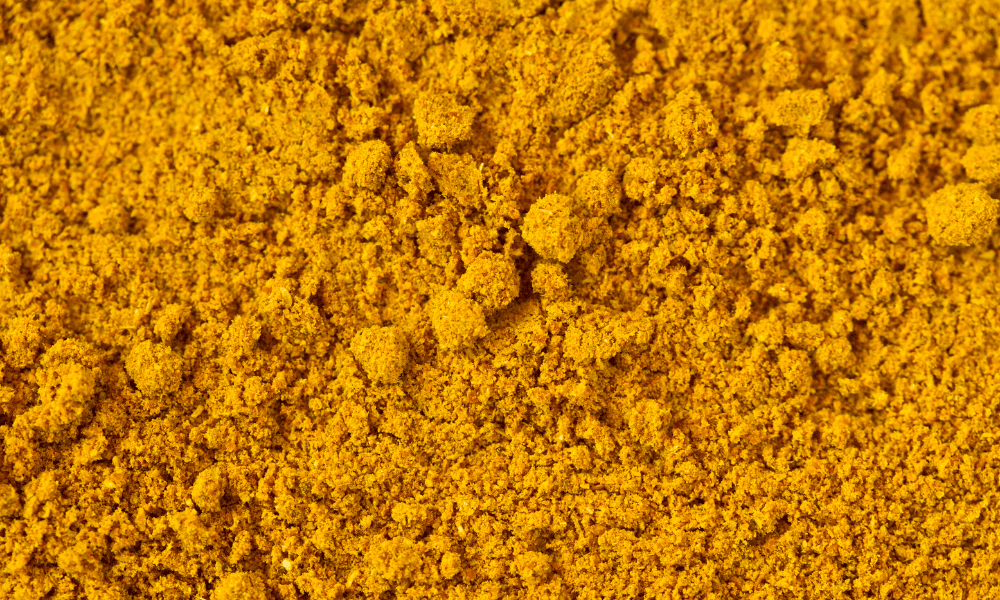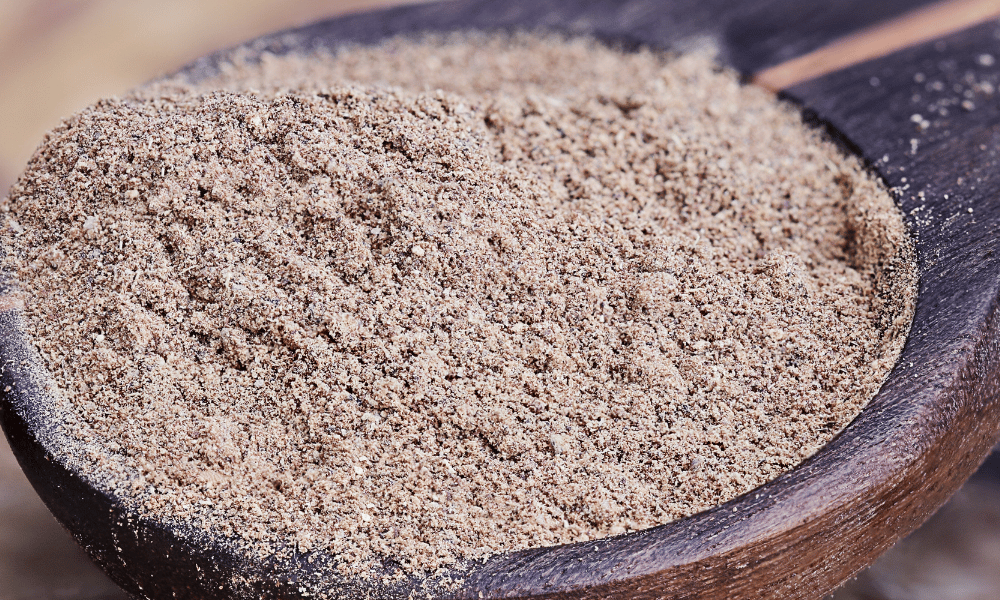Garam masala is considered the ultimate spice mix staple in any Indian or South Asian household.
The core spices used in garam masala include ginger, cumin, nutmeg, cloves and coriander. However, some blends can contain up to 30 ingredients.
Such a concoction of spices makes garam masala the perfect blend for warm, homely dishes. But garam masala will quickly lose its flavour the longer it is left in your pantry.
When you find your garam masala is lacking flavour and don’t have all the ingredients to make the blend yourself, try using a substitute spice blend instead.
Our 3 Substitutes for Garam Masala
The spices used in garam masala will vary slightly depending on the manufacturer. The main spices and ingredients used mostly provide a spice that is more warm than intense.
Some people can taste an underlying sweetness in garam masala, especially if a higher ratio of nutmeg or cinnamon has been used. This sweetness will vary from brand to bland.
Overall, garam masala is a deeply complex spice blend, full of a range of flavours that work together to produce a warm and fragrant mix.
Here are our top 3 substitutes for garam masala:
1) Sambar Masala
Like garam masala, sambar masala is a popular spice blend used in the same cuisines and dishes as garam masala. However, sambar masala is only for those who like their food hot.
Red chillies and mustard seeds are added to a sambar masala mix. Though the blend is much simpler in flavour than garam masala, the spicey emphasis is evident.
Sambar masala includes a few key spices used in garam masala, such as cumin and coriander, which is why it can be used as a substitute.
The prominent heat of sambar masala may be spicey, but the use of these spices also adds a warmth reminiscent of garam masala.
How Long Can You Store Sambar Masala
You can keep sambar masala in your pantry for up to 3 months. Or alternatively in your fridge for 6 months.
2) Curry Powder
It is easy to tell simply by appearance the difference between curry powder and garam masala. The bright orange colour of curry powder is due to the use of turmeric, which garam masala doesn’t typically include in its blend.
Aside from the turmeric, curry powder and garam masala use many overlapping ingredients. But the difference is still noticeable.
The turmeric works with fennel seeds, chilli powder and fenugreek to create a much milder and sweeter blend of spices than garam masala.
Though curry powder also includes cardamom, cloves and coriander, which provide a diluted type of warmth.
Add Your Own Spices
Allspice can be added to curry powder to emphasise the coriander’s spicy warmth. But there will still be a distinct sweetness.

3) Pumpkin Pie Spice
The most surprising spice mix you can use in place of garam masala is pumpkin pie spice.
Pumpkin pie spice is a very simple spice blend using a base of only 5 spices: nutmeg, cinnamon, cloves, ginger and allspice. All of these spices are featured in garam masala.
However, because garam masala also includes a range of other warm spices, the natural sweetness of nutmeg, cinnamon etc., is mostly overpowered. In pumpkin pie spice, that sweetness is encouraged.
The allspice and cloves provide the same warm heat as garam masala, though it is not as prominent.
When to Buy Pumpkin Pie Spice
Avoid buying pumpkin pie spice from September – November unless you have the budget to spare. This is when pumpkin spice flavoured treats are most popular, allowing supermarkets to charge more for their pumpkin pie spice.

Other Substitutes for Garam Masala
Due to how complex a flavour garam masala has, other spice blends will be the best alternatives in most recipes. However, if you do not have garam masala, you are likely to also lack a range of other blends.
You can instead try using individual spices or mixing a few to replace garam masala. For example:
- Cumin + Allspice – You could use cumin by itself to replace garam masala. However, it is more earthy and rich than warm, lacking the same kind of heat as garam masala. That is why you will also need to include allspice.
- Cinnamon + Allspice – For the subtle sweetness of garam masala, use cinnamon as a base and add an equal amount of allspice for the signature warmth.
- Allspice – Alternatively, you could just use allspice by itself. It will have nowhere near the same complex flavour as garam masala or the same level of warmth. But it will provide similar flavours on a much milder scale.
Summary
Not many spice blends can provide the same level of warmth as garam masala without also including some extra heat or sweetness. However, other commonplace South Asian staples, such as sambar masala, feature a few ingredients that are also included in garam masala.
So long as an alternative spice mix uses similar ingredients to garam masala, it is likely safe to use as a substitute, keeping in mind the differences in flavour.
